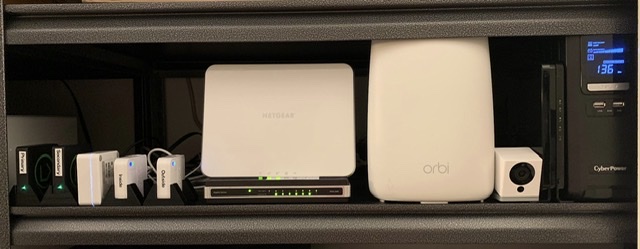I am using a vertical stand that was 3D printed from a design kindly developed by @snell
It has been in my networking "closet" now since Feb without issue. Been quite happy how everything can be kept organized!

I am using a vertical stand that was 3D printed from a design kindly developed by @snell
It has been in my networking "closet" now since Feb without issue. Been quite happy how everything can be kept organized!
